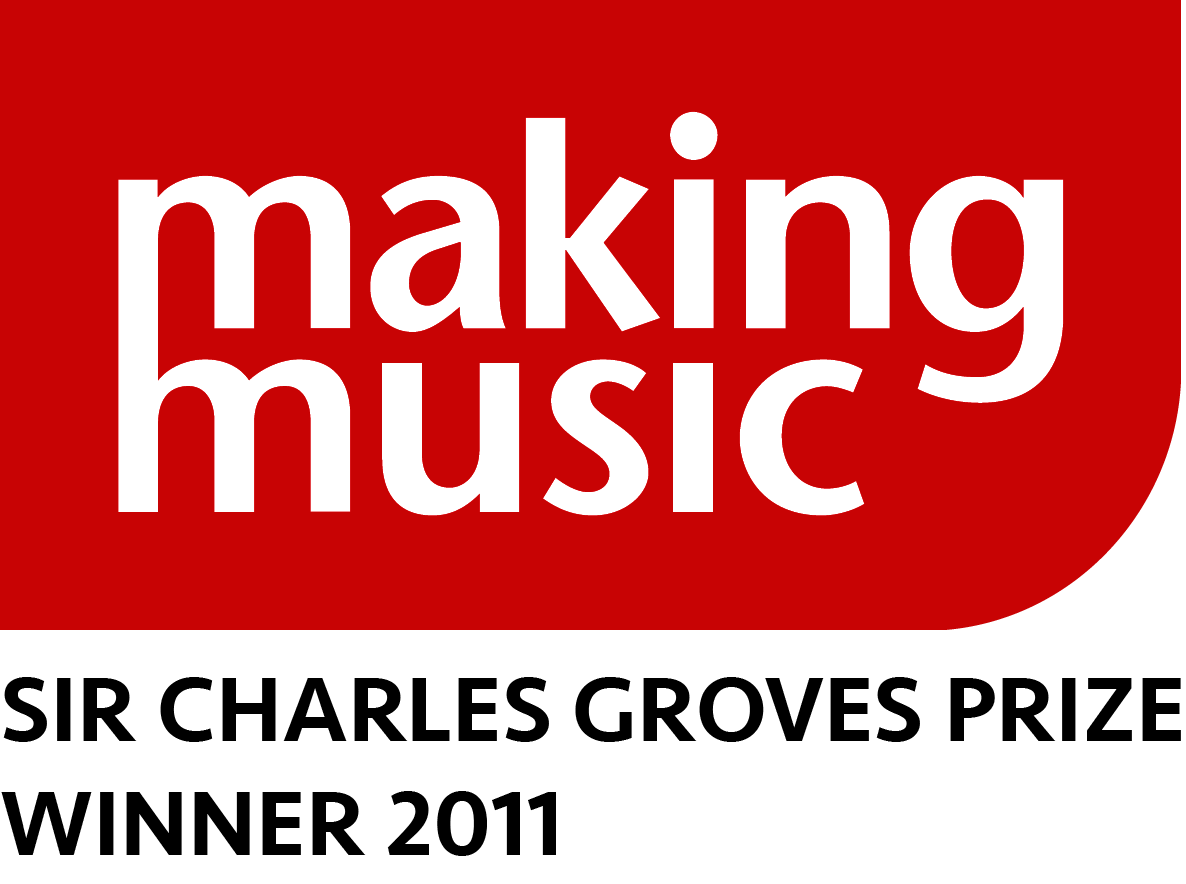Mash it up
Create your own song mash-ups
Happy ending | Lyrics
A feel-good song that can be sung in three parts.
Mash it up
A backing track to inspire arranging and improvising using voices and instruments.
Someone you loved | Lyrics
Sing your heart out to this unison song with easy instrumental opportunities. Winner of the 2020 BRIT Award for Song of the Year.
Something inside so strong | Lyrics
This song was written by Labi Siffre as a reaction to an incident in South Africa in 1985.
Something just like this | Lyrics
A haunting and atmospheric song, perfect for class singing and performances.
Track title
- Happy ending (backing track)
- Mash it up (backing track)
- Someone you loved (performance track)
- Someone you loved (backing track)
- Something inside (so strong) (performance track)
- Something inside (so strong) (backing track)
- Something just like this (performance track)
- Something just like this (backing track)
Activity ideas based around the songs
The Axis of awesome discovered that lots of pop songs use the same four chords. There are lots of examples on YouTube of how this works, including this one by Janick Thibault.
Most, if not all of the bits of the songs you hear in the mash up are choruses of songs. Try singing along with the video you might be surprised how many you can join in with.
Here are a few examples of lyrics to listen out for:
- Hello from the other side, I must have called a thousand times
- Save tonight, fight the break of dawn, come tomorrow, tomorrow I'll be gone
- Can't read my, can't read my, no, he can't read my poker face, she's got me like nobody
- Tears stream down your face and I....
In addition to the songs included in the mash up lots of other song choruses fit over this chord progression including the others in the playlist on this page. Take a listen to the choruses of:
- Something inside so strong
- Someone you loved
- Something just like this
- Happy ending
Can you sing any of the songs over the Mash it up backing track?
Next, have a look at this list on Wikipedia, pick 2 or 3 songs you know well. You will use these later once you’ve created your own mash up backing track.
Use an App like Garageband to create your own mash up backing track from scratch. The reason these songs mash up so well is that they all fit over a well-used chord progression based on chords 1, 5, 6 and 4 (or I-V-vi-IV). In the key of C this would be: C major, G major, A minor and F major. And the notes of each chord are:
- C major = C, E and G
- G major = G, B and D
- A minor = A, C and E
- F major = F, A and C
Some quick start ideas include using the 'Smart' instruments and autoplay functions in guitar and bass.
- Select a drum pattern you like, and the tempo and duplicate enough bars for you to create a piece around. Record a bassline following the chord pattern (C, G, A and F). Try one bar for each note i.e. C – 2 – 3 – 4, G – 2 – 3 – 4, A – 2 – 3 – 4, F – 2 – 3 - 4.
- Add chords next (C major, G major, A minor and F major) you can use the smart instrument or play in the notes of each chord.
- Copy enough of the bass and chord parts so they last the same length as your drum pattern.
- Use your backing track to experiment improvising over. Could you do this with a live instrument, or your voice? Or maybe you prefer using the electronic selection in the App. One way to start improvising a melody is to take the notes of each chord and play them one at a time over the top of the chord so for example C-E-G over the chord of C. Listen carefully while you’re playing and try and follow the pattern, changing the notes when the chord changes. Find the things that work – trial and error – change the phrasing, the rhythm, and as you get familiar with the chord progression your ideas will start to feel more natural. Try and record a selection of your ideas – they don’t need to be continuous.
- Next – wearing a pair of headphones with an in-built microphone record a vocal part/s – this could be the mashed-up choruses you already picked out or a melody and lyric you’ve written.
- Listen back to all your parts and mix them to get the balance you like. You might need to make some parts louder and others quieter or cut bits and move them around. Remember to save as you go, you might want to make different mixes and save them as new tracks even.







